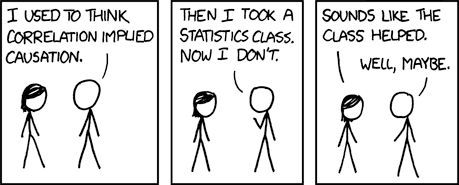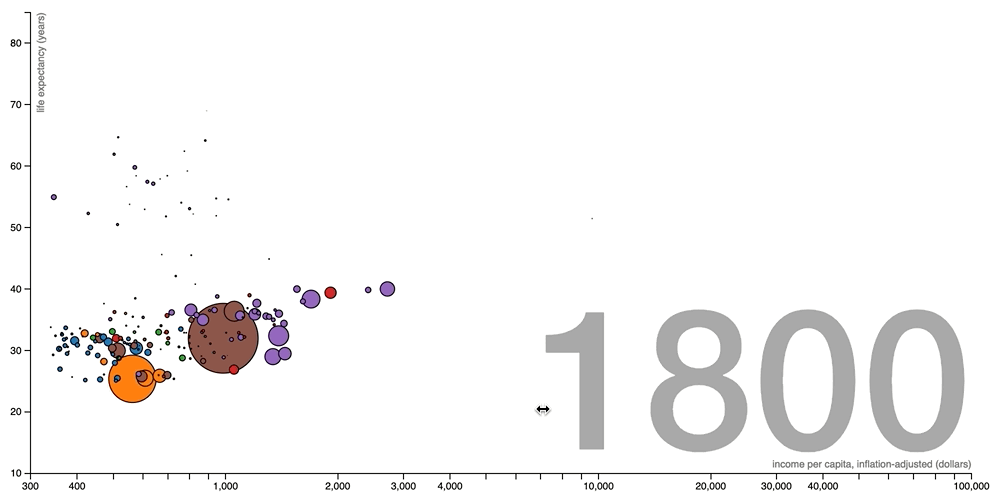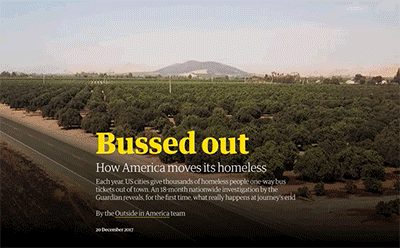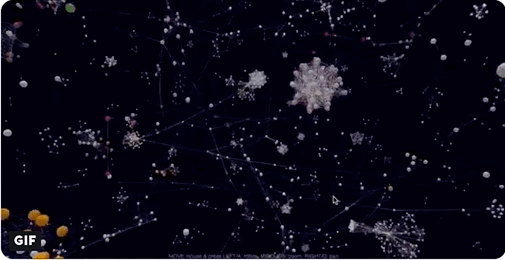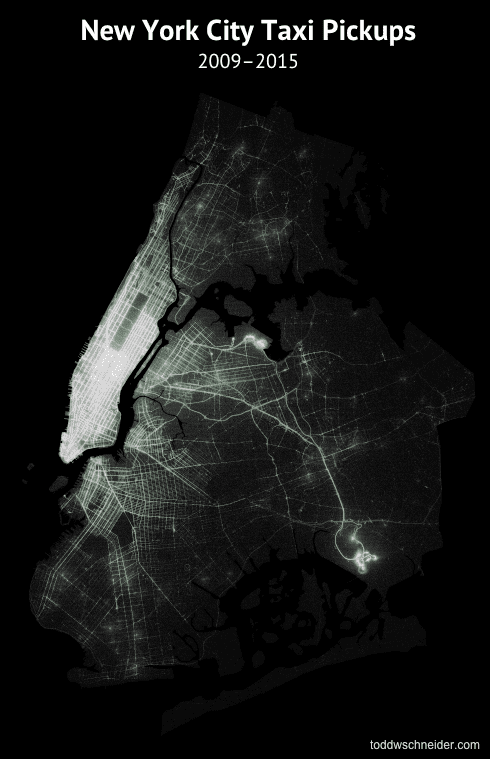Did you know the downfall of pirates caused global warming?
It's true! Look at the data

The fewer pirates there are, the warmer it gets. Or do pirates hang up the dashing coat and hat when it gets too warm 🤔
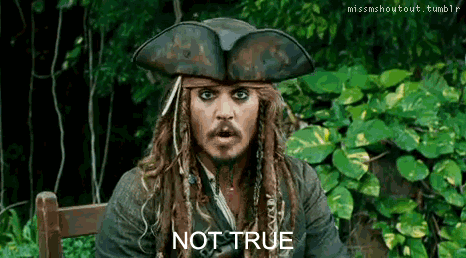
Of course not. Pirates and global warming can't possibly be connected.
They're correlated though ...
Here's another one
The more money arcades make, the more people get a doctorate in computer science. Okay maybe those are a little connected. 😅
Data visualization is fun like that. You can show the truth in data, but you can also use data to lie a little.
You know what they say
There are three kinds of lies: lies, damned lies, and statistics.
😁
Spurious correlations is a wonderful website full of fun correlations. Did you know Nicolas Cage appearing in movies makes people drown in swimming pools? Data says so.
Here's some of my favorite data visualization from around the web. Wonderful insights, great learnings, and def no trickery.
First is the Wealth & Health of Nations inspired by Gapminder, recreated in D3.
It talks about the gap between first and third world nations and how it has all but disappeared. Even the poorest nations are better off now than the richest nations were 100 years ago.
Remember the cholera stuff from Monday?
Hans Rosling's 2006 TED talk talks about this dataviz and it is amazing. You should watch it :)
A more recent example of an amazing data visualization used for social good is Bussed Out from The Guardian.
An amazing piece of interactive data journalism. Scroll through the story and the graphs move before your eyes to match what you're reading.
Amazing.
On a lighter note here's a 3D dataviz citation network from Micah Stubbs. He's cool
And who could forget that time Todd Schneider analyzed 1.1 billion NYC Taxi and Uber rides?
Data truly is beautiful 😍 what's a cool dataviz you've seen? tweet me
Cheers, ~Swizec
About the Author
Hi, I’m Swizec Teller. I help coders become software engineers.
Story time 👇
React+D3 started as a bet in April 2015. A friend wanted to learn React and challenged me to publish a book. A month later React+D3 launched with 79 pages of hard earned knowledge.
In April 2016 it became React+D3 ES6. 117 pages and growing beyond a single big project it was a huge success. I kept going, started live streaming, and publishing videos on YouTube.
In 2017, after 10 months of work, React + D3v4 became the best book I'd ever written. At 249 pages, many examples, and code to play with it was designed like a step-by-step course. But I felt something was missing.
So in late 2018 I rebuilt the entire thing as React for Data Visualization — a proper video course. Designed for busy people with real lives like you. Over 8 hours of video material, split into chunks no longer than 5 minutes, a bunch of new chapters, and techniques I discovered along the way.
React for Data Visualization is the best way to learn how to build scalable dataviz components your whole team can understand.
Some of my work has been featured in 👇

